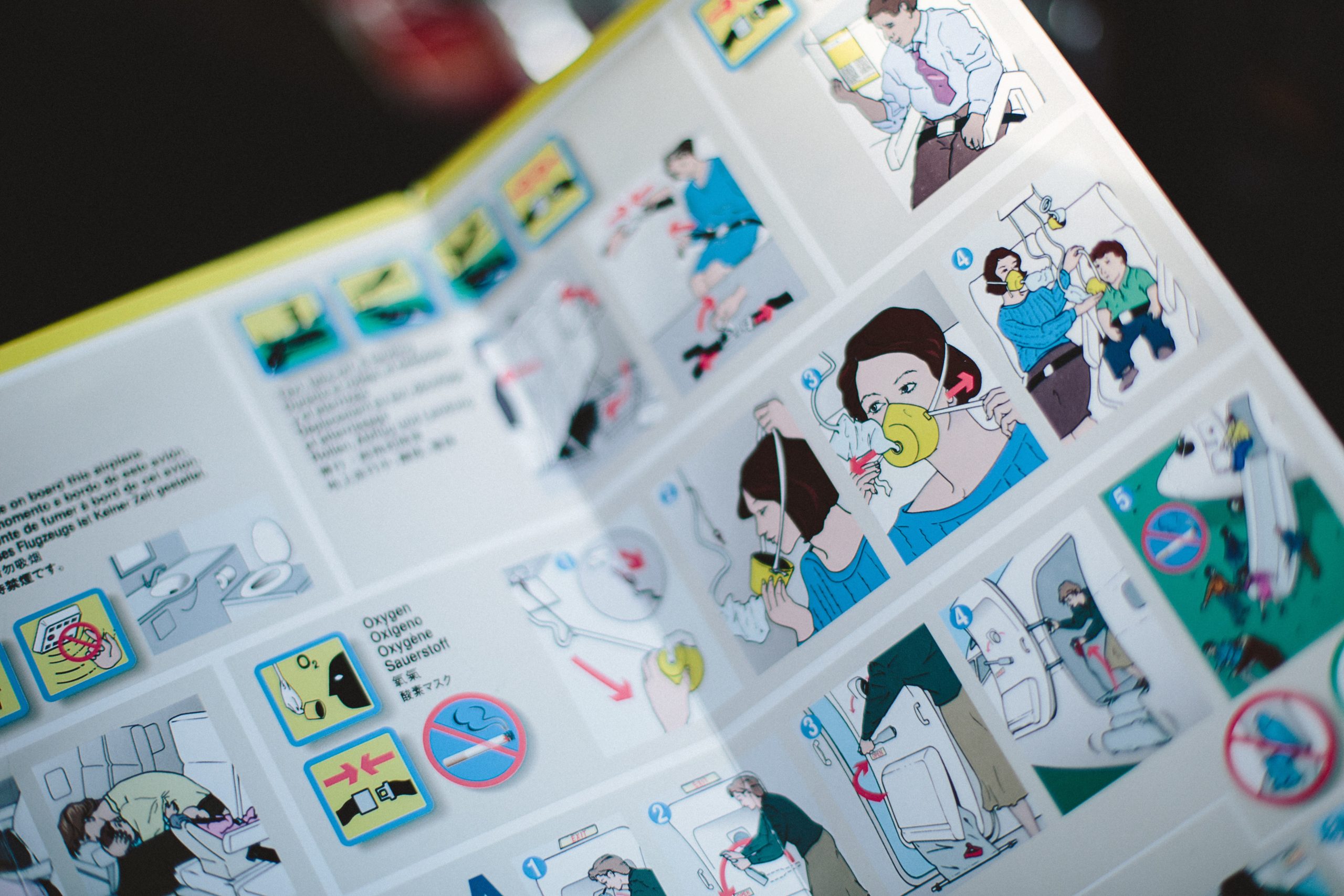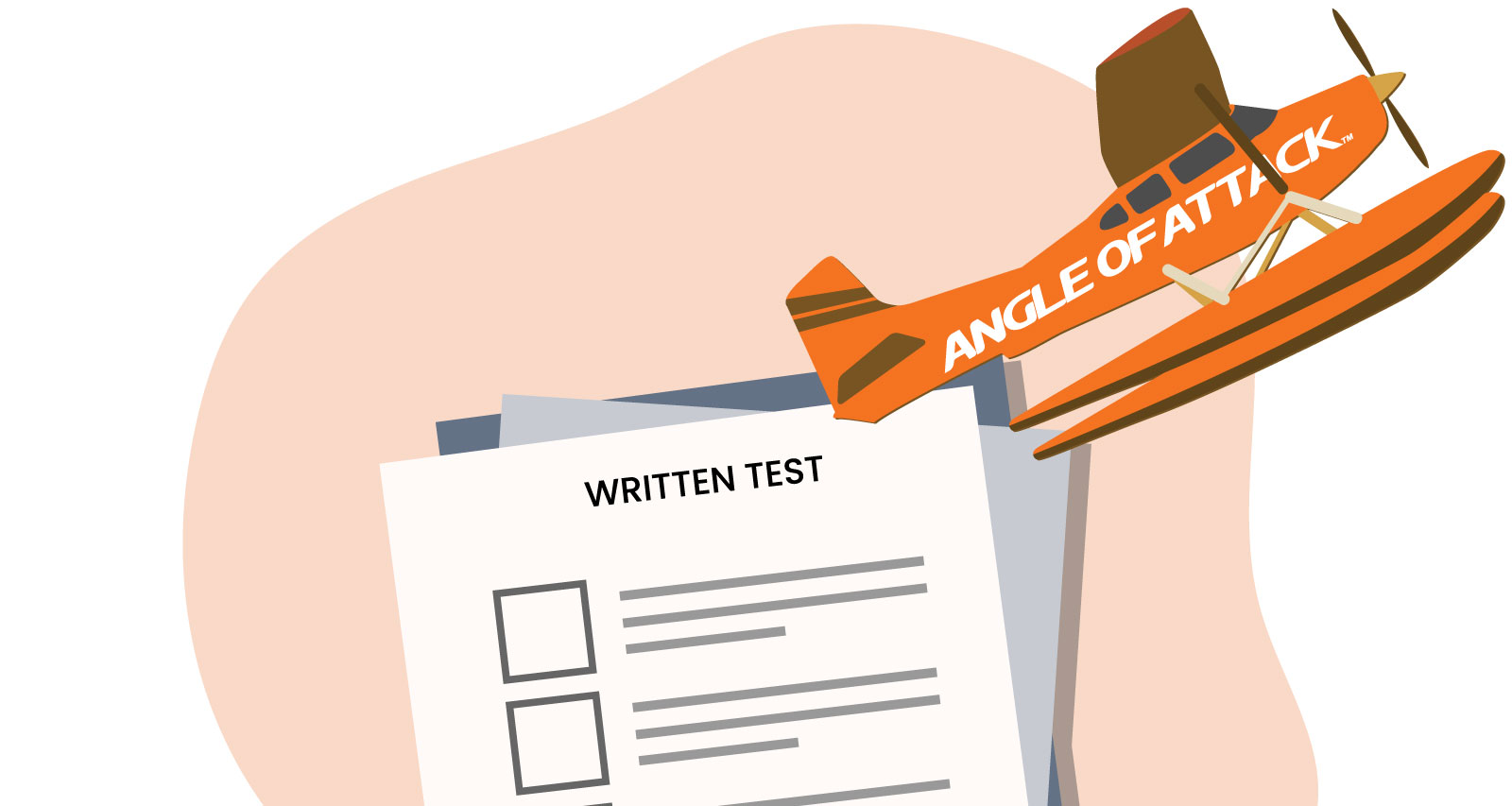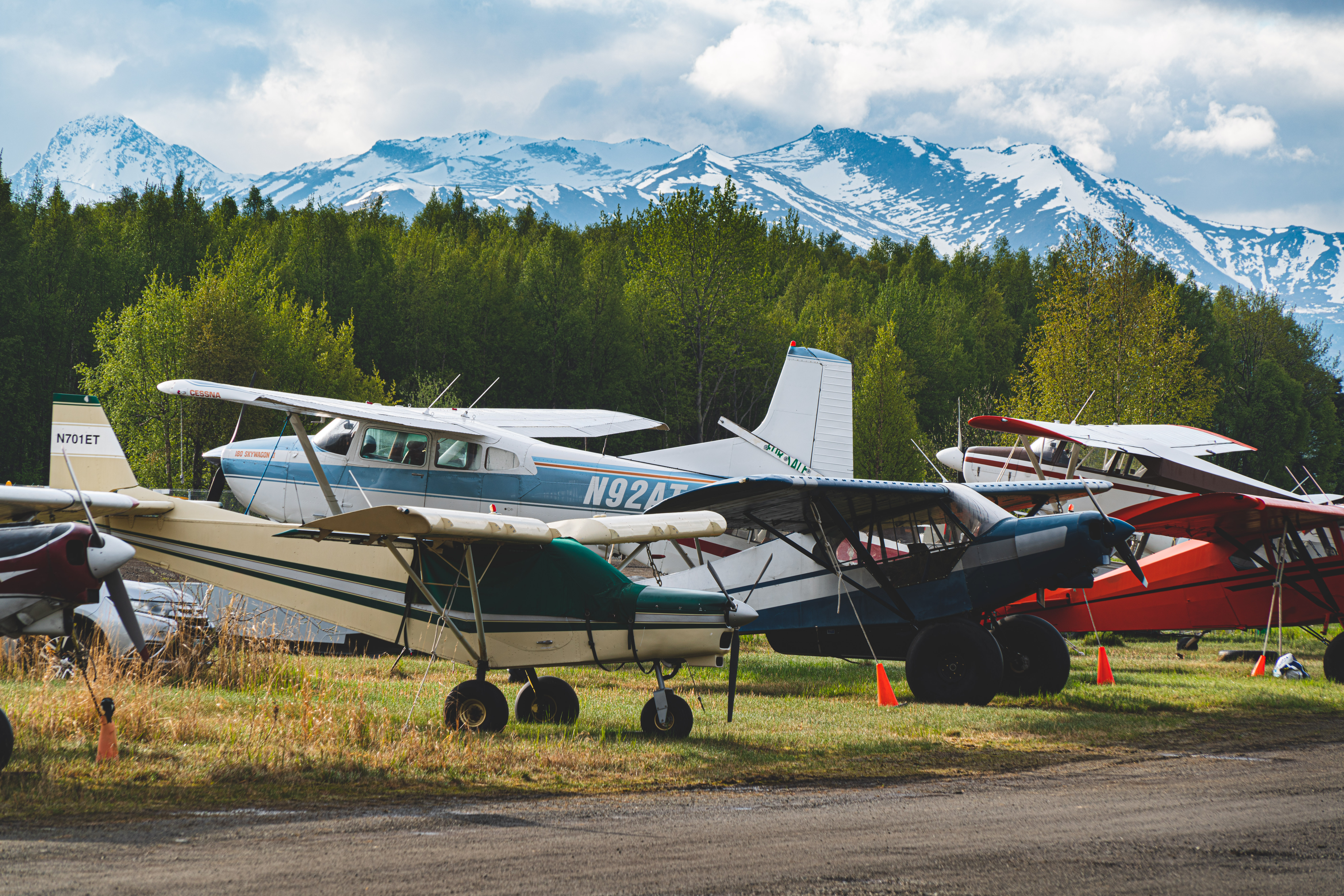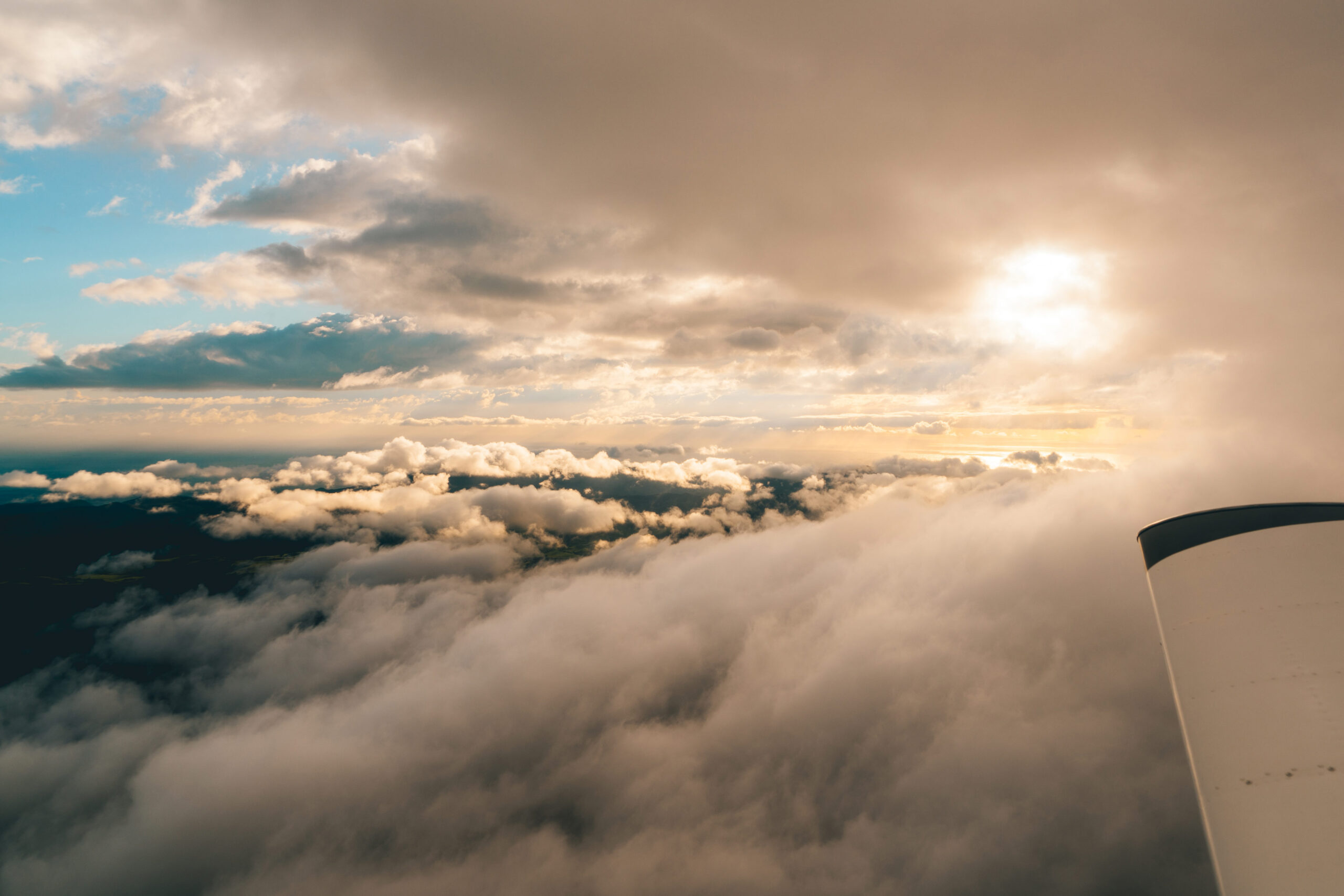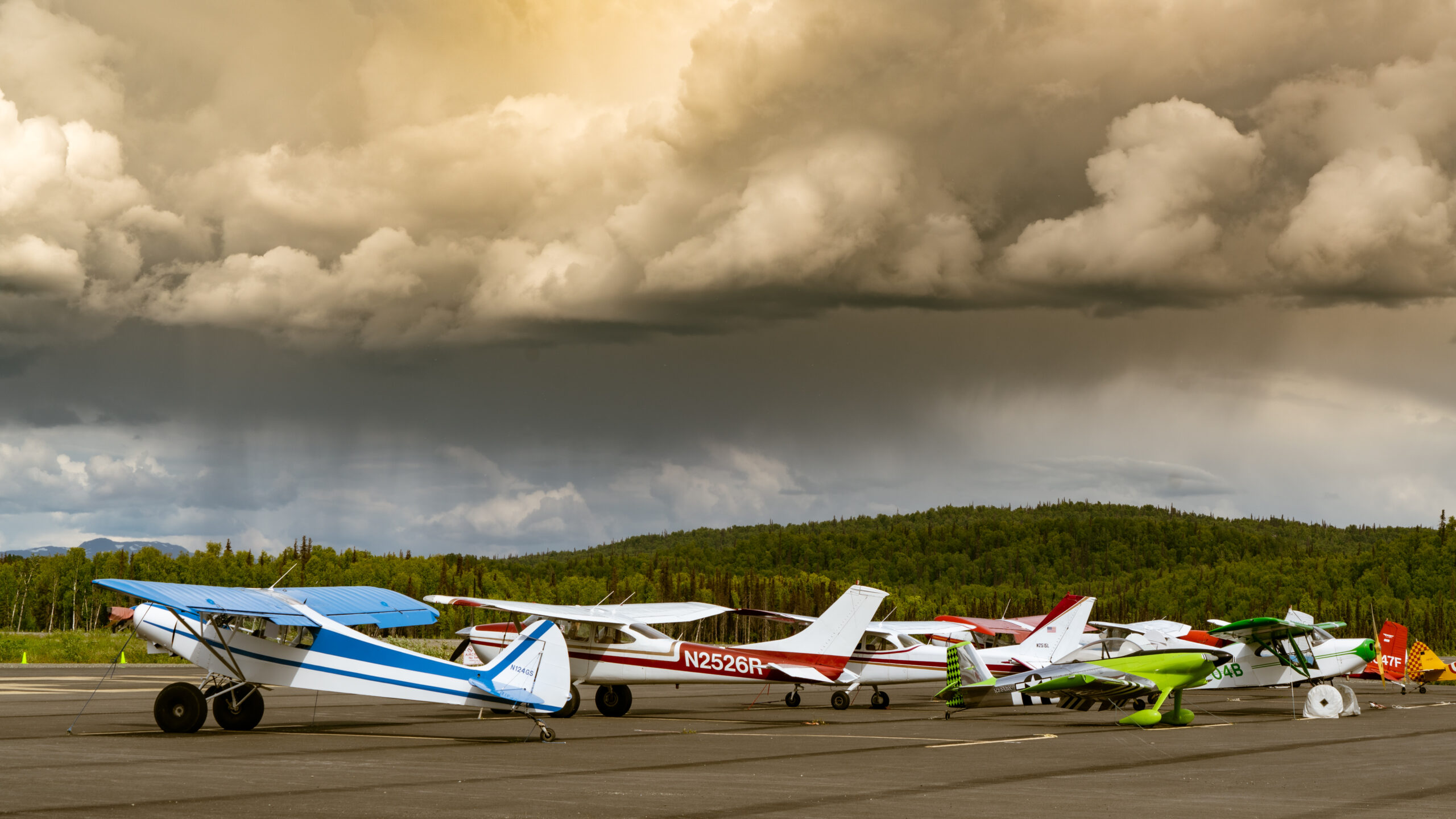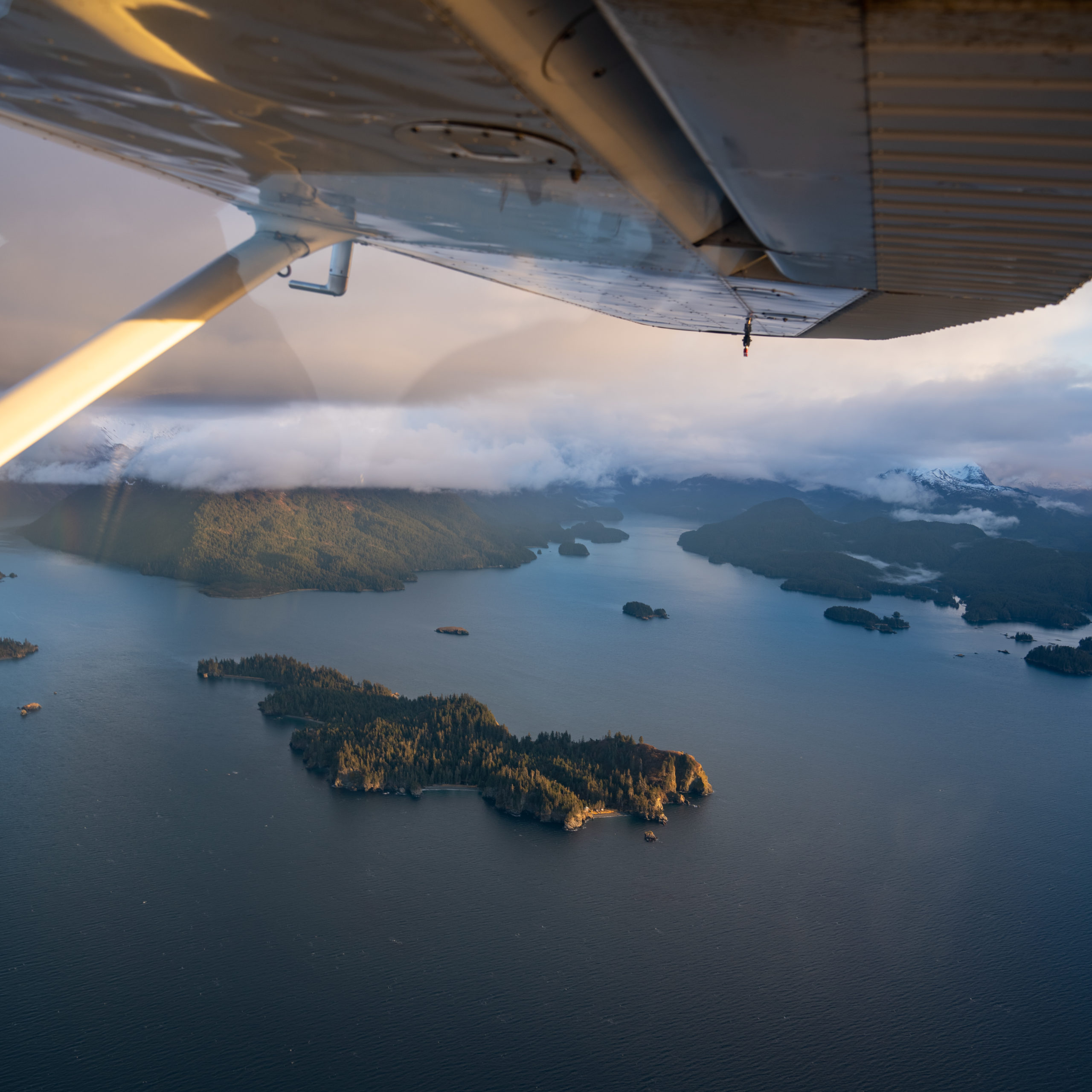
Aviation oxygen requirements can be a breath of fresh air for pilots, crew members, and passengers alike. It’s important to understand FAA oxygen requirements and the oxygen requirement for an unpressurized aircraft at 12,500 ft. So you can stay safe and healthy while in the air. Let’s take a look at a few of these requirements.
What are FAA Aviation Oxygen Requirements?
The FAA has established oxygen requirements for different types of aircraft and altitudes. This is to ensure the safety and well-being of pilots, crew members, and passengers. Equally important, the FAA oxygen requirements apply to both commercial and private aircraft. Let’s look at some of these oxygen requirements.
These regulations and encouragements are for daytime flying. There are slight differences in the recommendations for night flying. FAA encourages oxygen use for pilots on flights operating above 10,000 feet mean sea level (MSL). The regulations for flying above an altitude of 12,500 up to and including 14,000 are fairly simple. At that altitude, all crew must use supplemental oxygen continuously if the flight is over thirty minutes. Additionally, the flight crew must use supplemental oxygen for the entire duration of flight operations above an altitude of 14,001 feet MSL. What’s more, the FAA requires that each occupant must have access to oxygen if the altitude is over 15,000 feet MSL.
Each aircraft equipped must have enough oxygen to provide a minimum of 10 minutes of oxygen. This is 10 minutes for each occupant of the aircraft. As that is mandatory in the event of cabin depressurization. Additionally, for large airliners, the FAA requires that each airline must have procedures in place. These procedures ensure that the crew members and passengers have been trained in the use of oxygen equipment and emergency procedures.
What is the Oxygen Requirement at 15000 ft?
Unpressurized aircraft are just not equipped with a cabin pressurization system. Because of this pilots and passengers are exposed to the outside air pressure at higher altitudes. As the altitude increases, the air pressure decreases, and the amount of oxygen in the air decreases as well. At 15,000 feet MSL, the oxygen saturation in the blood can drop to around 80%. As a result, this drop can cause hypoxia, a condition in which the body does not receive enough oxygen.
Given that, it is required for flying above 15,000 feet MSL for more than 30 minutes that all pilots and passengers on unpressurized aircraft have supplemental oxygen continuously.
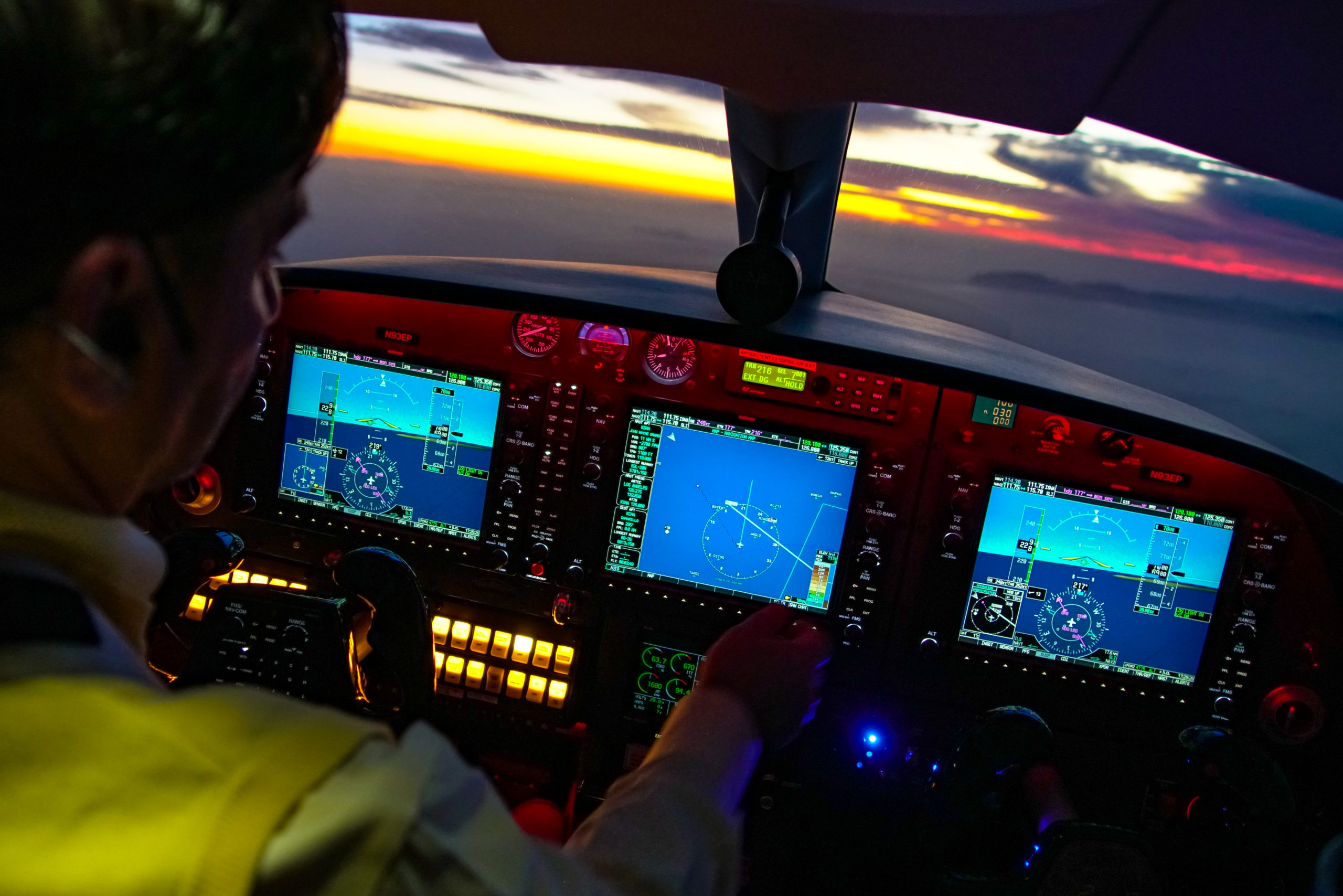
It’s For Your Safety
Aviation oxygen requirements are crucial to ensure the safety and well-being of everyone on board an aircraft. The FAA has established oxygen requirements for different types of aircraft and altitudes. More importantly, these regulations are put in place to prevent hypoxia and ensure that pilots, crew members, and passengers can breathe easily during the flight.
Proper training in the use of oxygen equipment and emergency procedures is essential. Ensuring that everyone on board is prepared to handle any potential cabin depressurization. Finally, by following FAA oxygen requirements, the aviation industry can ensure the safe and efficient operation of all types of aircraft.
If you would like to learn more about aviation oxygen regulations, reach out to anyone at Angle of Attack for questions.
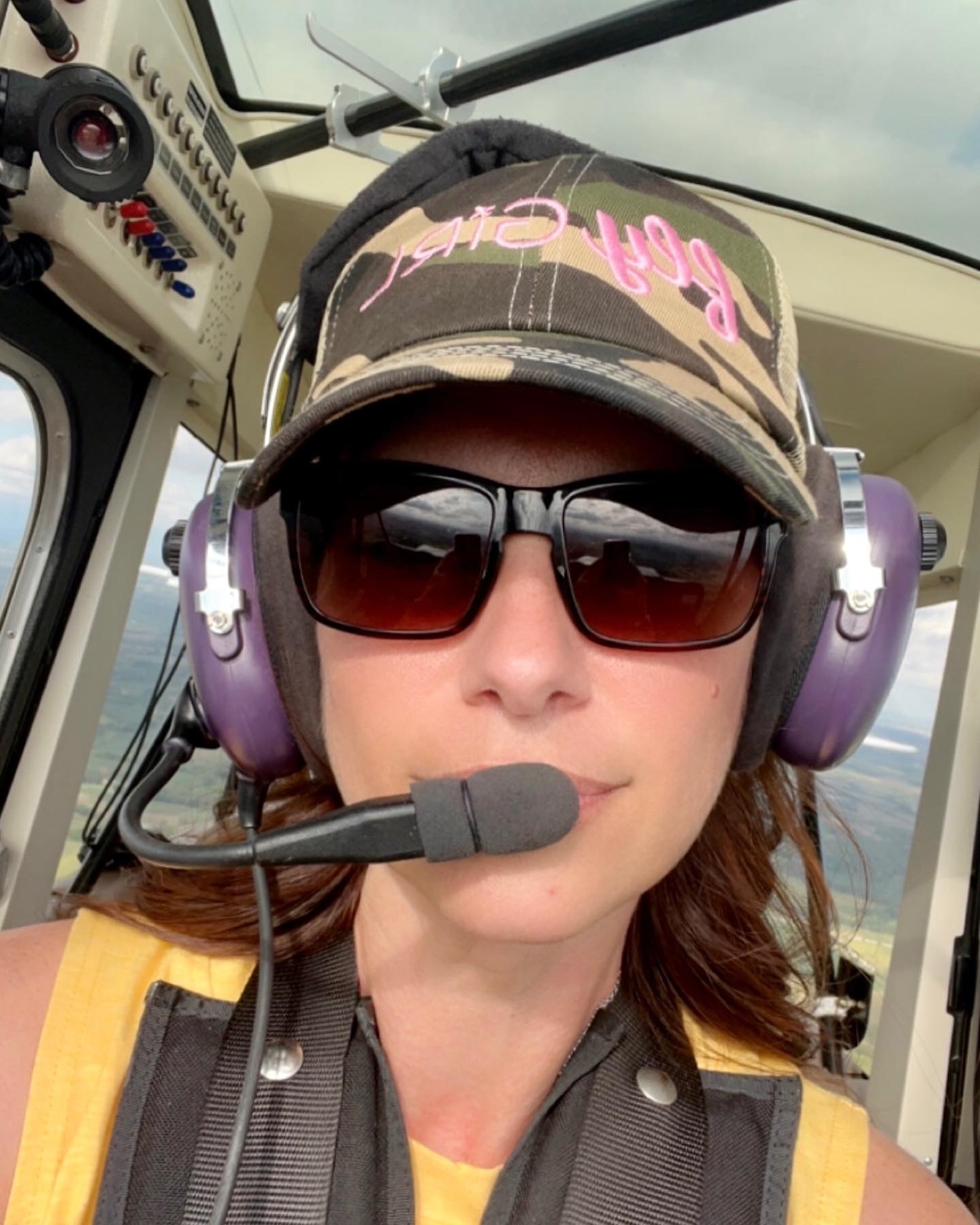
Karey grew up and obtained her in private pilot’s license in Central Iowa. She fell in love with tailwheel aircraft during her primary training and obtained a tailwheel endorsement the week following her private pilot checkride. She is eager to obtain her seaplane rating and is merging her passion for flying with her prior work career. Karey has a background in marketing, editing, and web design after graduating from Simpson College. When she is not flying or working, Karey enjoys anything related to technology and admits she can be a bit of a nerd. She also has discovered a love for virtually all outdoor pursuits, with a special fondness for climbing, shooting, and hiking.

Stay Connected
Be the very first to get notified when we publish new flying videos, free lessons, and special offers on our courses.

